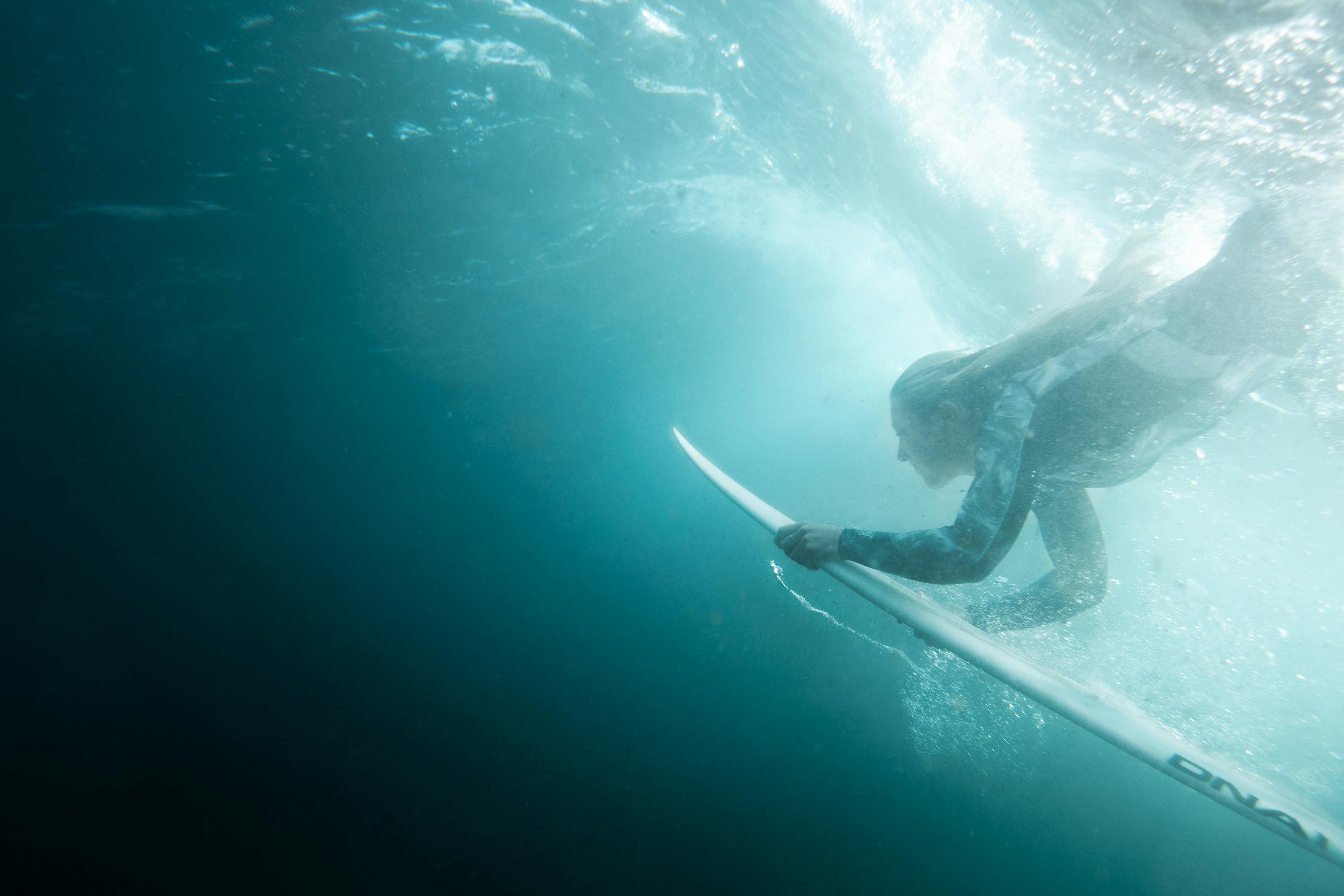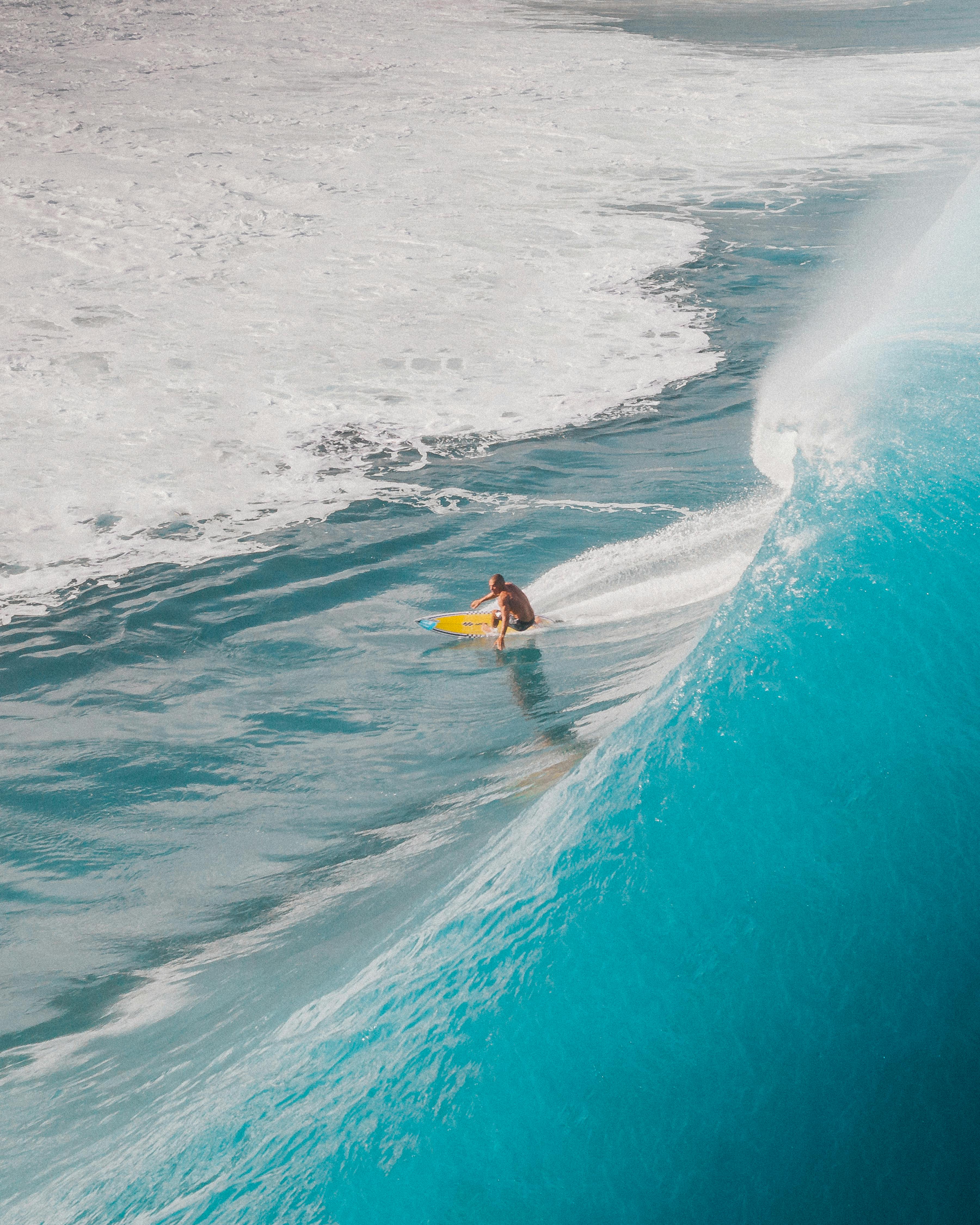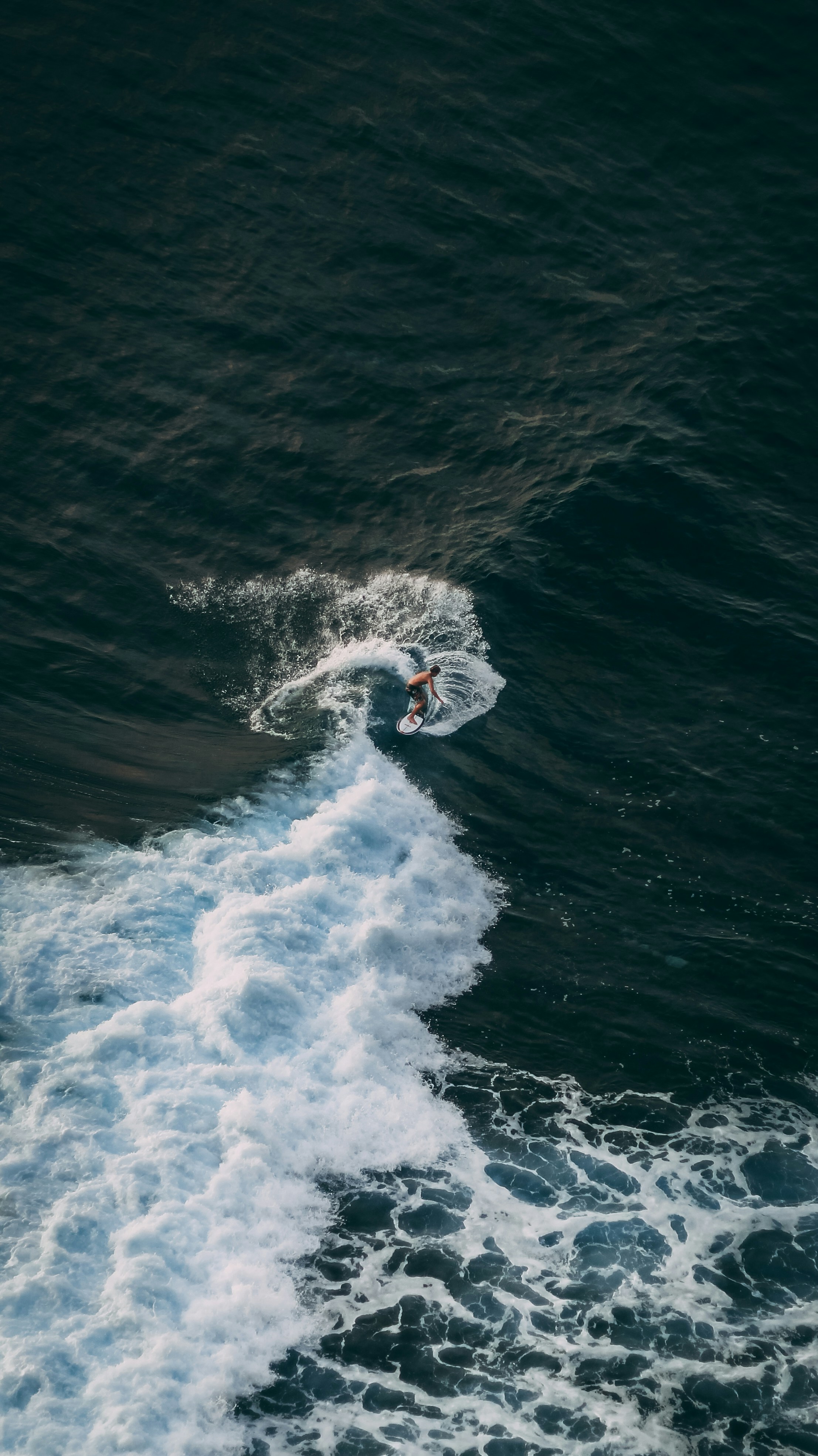When to Switch from a Soft Top to a Hardboard – And Why You Might Go Back
Foam surfboards (foamies, soft tops) are a beginner’s best friend: stable, safe, and forgiving. But every surfer eventually wonders – when is it time to move on?
The truth: switching to a hardboard isn’t a “graduation” moment. It’s a step you take when you’re ready for more responsiveness, not just because you feel you “should.”
1. Why Soft Tops Work So Well for Beginners
Soft tops are typically:
- Wider (23”+), thicker (3”+), and longer (7’6”–9’) than standard boards
- Easy to paddle, stable for the pop-up, and safer in wipeouts
- Low-pressure – you’re not worried about damaging the board or others
That stability lets you focus on core skills without the anxiety of falling hard or losing balance instantly.
2. Signs You’re Ready for a Hardboard
You don’t need to rush. Move on when:
- Your pop-up is consistent and stable
- You can catch unbroken waves without drama
- You want more turning ability and feedback from the board
This doesn’t mean you have to go short. Even staying in a similar length but dropping width and thickness will make the board more responsive.
3. Avoid the “Too Much, Too Soon” Trap
Jumping to a much shorter, thinner board will feel like starting over. Expect to get worse before you get better – and that’s fine if you’re prepared for it. If not, step down gradually so your progress keeps building.
4. Why You Might Go Back to a Soft Top
Even experienced surfers grab a foamy to:
- Break bad habits (it forces smoother, longer turns)
- Lower expectations and just have fun
- Navigate crowded breaks without worrying about collisions
- Reset their style by slowing everything down
If you can cut back and rebound on a soft top, you’ll bring that control to any other board.
How TRAX Helps You Through Board Changes
Switching board types changes how you paddle, turn, and hold speed. TRAX tracks your technique and performance on each board so you can see exactly how your turns, speed, and positioning adapt – helping you keep improving instead of starting from scratch.
Related Reading:
→ How to duck dive — Get under waves with less effort
→ How to get comfortable falling — Reduce fear and avoid injury
→ How to surf small waves properly — Make the most of weak conditions








